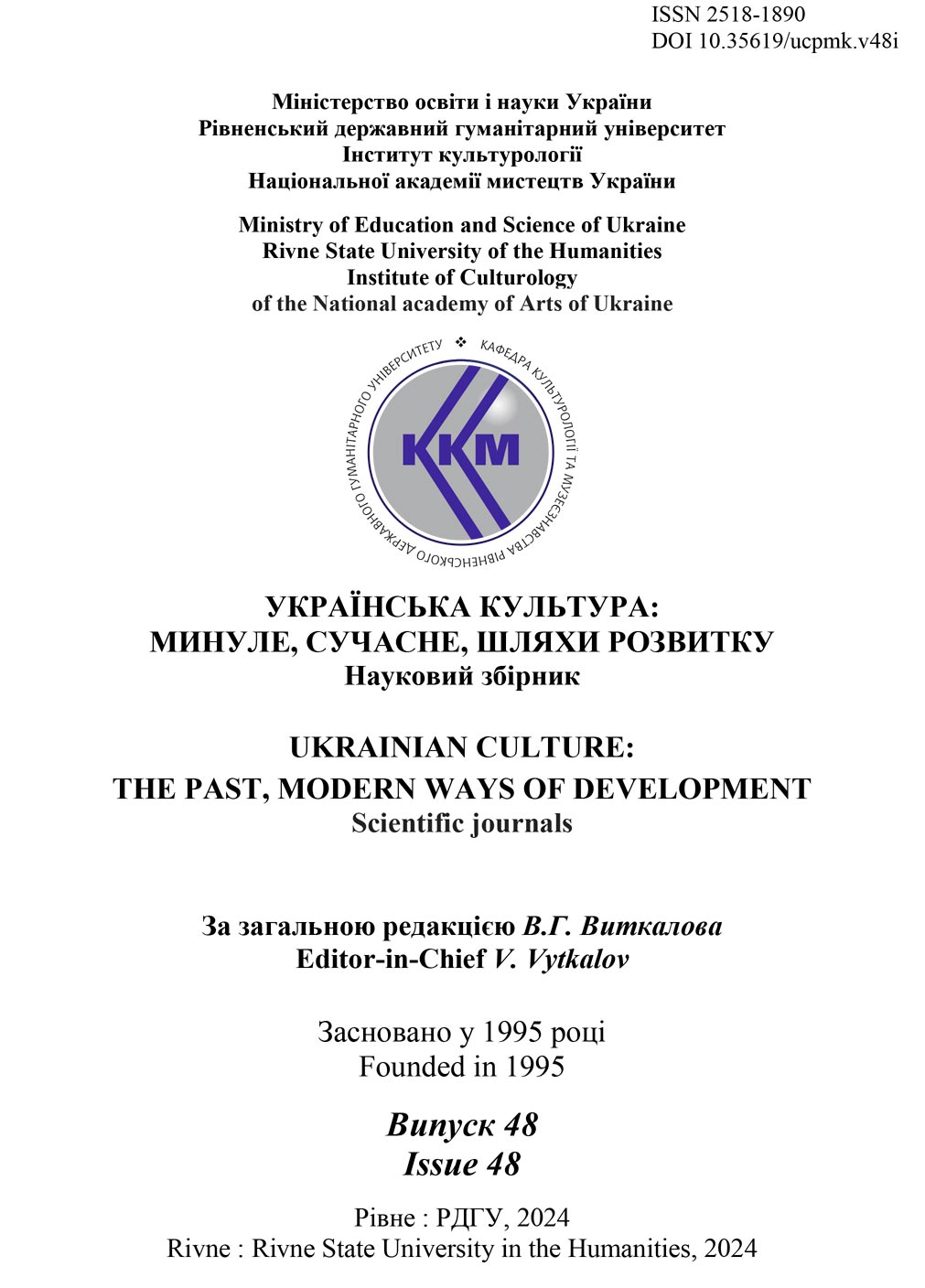THE BIRTH OF EUROPEAN PERFORMANCE ON THE DOUBLE-ROW XYLOPHONY OF THE AMERICAN SYSTEM
DOI:
https://doi.org/10.35619/ucpmk.v48i.752Keywords:
two-row xylophone of the American system, marimba, Teddy Brown, Kurt Engel, Wolfgang Pachla.Abstract
The article is devoted to the study of the conditions of adaptation in Europe of the two-row xylophone of the American plate arrangement system. The activity of American xylophone players in Europe at the end of the 19 th and the first half of the 20 th centuries, which contributed to the popularization of the instrument of the new system and the further development of European performance, is considered. Little-known materials related to the creative activity of the first European performers of the 20 th century have been introduced into scientific circulation.
Aim of the paper-to pose the problem of adaptation in Europe of the American system of arrangement of plates on the xylophone, to highlight the origin of European performance on the new instrument and to characterize its factory production in Western Europe.
Research methodology. The research methodology is based on the instrumental method used to analyze the design of tools; comparative-typological, applied to the study of various types of European and American xylophone systems; analytical, used for processing scientific literature and archival documents.
Results. The popularization of the double-row xylophone of the American system (xylophone-marimba) in Western Europe (Britain, France) was influenced by the performance of Teddy Brown (USA).It stimulated the appearance of the first European performers on the xylophone of the two-row (keyboard) system, in particular Kurt Engel (Germany), Spike Jones and Harry Robbins (England), who worked in the genres of jazz and popular music. The academic direction of the game was developed by the Estonian xylophone player Wolfgang Pahla. In Eastern Europe (the former USSR) until the end of the 1950s, the American two-row xylophone system was unknown. Only from the end of the 1970 s it gradually became dominant, as it is more promising in view of the development of qualitatively new timbre and color possibilities, an unlimited range and technical and performance potential.
Novelty. The novelty of the study is the introduction into scientific circulation of little-known materials related to the processes of performance formation on two-stringed instruments of the American system in Europe and their use in popular and academic music.




